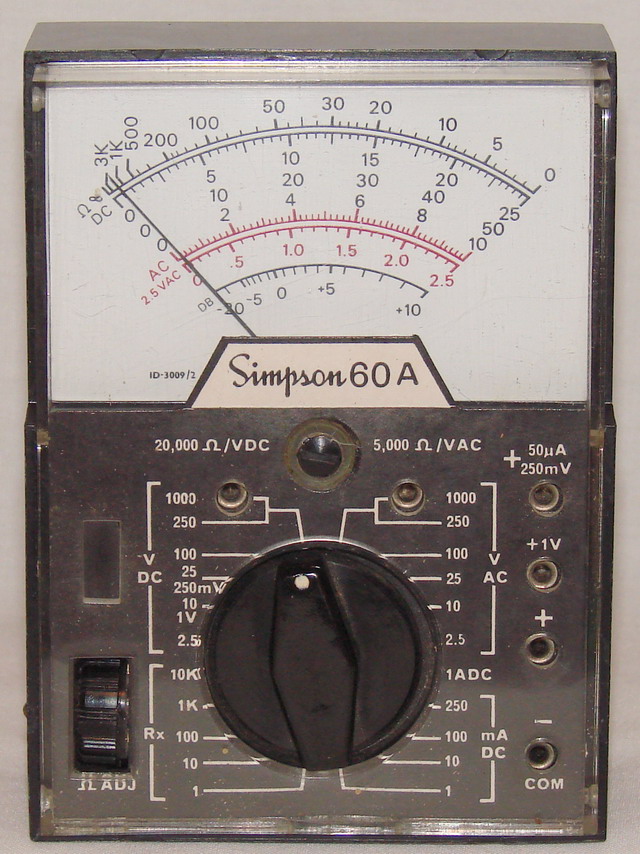Offline
Earlier I had posted about having "hot coil, ignition loss" problems.
Someone suggested I replace the coil, which may have been failing.
I removed the old Lucas standard coil, and measured resistance across (-) and (+).
Got 8 ohms. I believe it's supposed to be 3.1 to 3.5.
I then measured the brand new Lucas standard coil.
Got 8 ohms.
Figuring my VOM was dying , I measured a resistor in a pack of new resistors.
Resistor rated as 10K ohms.
Measured 10K ohms.
Second one rated as 12K ohms.
Measured 12K ohms.
Am I completely losing my mind? Any ideas why both my old and my new coil measure 8 ohms from minus to plus? Coils are removed from the car.
With either the new or the old coil, the engine starts, idles and runs fine, but under load there's a frequent, random miss. Tried replacing distributor cap, rotor and plug wires. No change. Plugs are gapped at .025.
Thanks.
Tom
Someone suggested I replace the coil, which may have been failing.
I removed the old Lucas standard coil, and measured resistance across (-) and (+).
Got 8 ohms. I believe it's supposed to be 3.1 to 3.5.
I then measured the brand new Lucas standard coil.
Got 8 ohms.
Figuring my VOM was dying , I measured a resistor in a pack of new resistors.
Resistor rated as 10K ohms.
Measured 10K ohms.
Second one rated as 12K ohms.
Measured 12K ohms.
Am I completely losing my mind? Any ideas why both my old and my new coil measure 8 ohms from minus to plus? Coils are removed from the car.
With either the new or the old coil, the engine starts, idles and runs fine, but under load there's a frequent, random miss. Tried replacing distributor cap, rotor and plug wires. No change. Plugs are gapped at .025.
Thanks.
Tom

 Hi Guest!
Hi Guest!

 smilie in place of the real @
smilie in place of the real @
 Pretty Please - add it to our Events forum(s) and add to the calendar! >>
Pretty Please - add it to our Events forum(s) and add to the calendar! >> 



